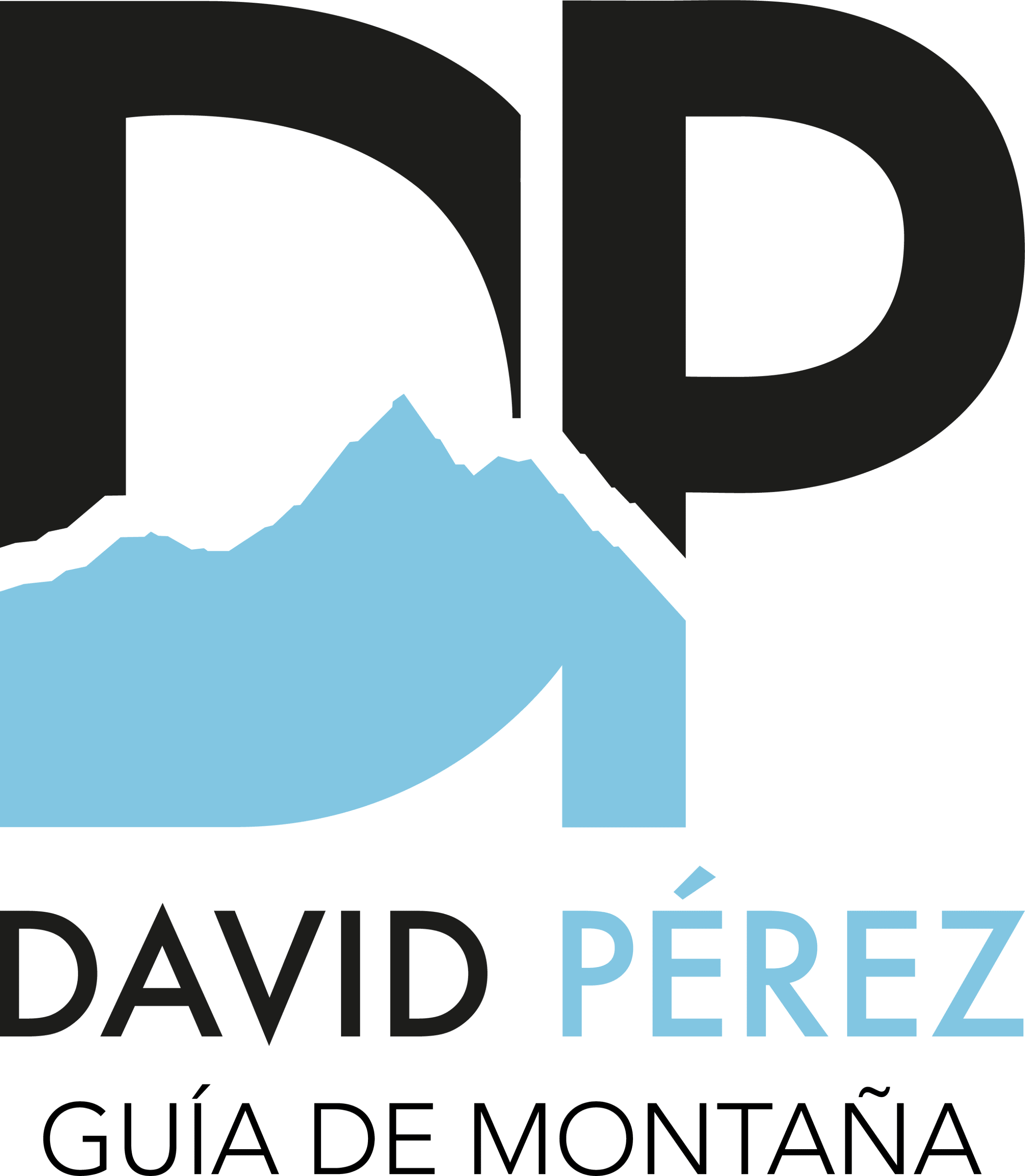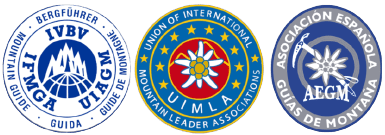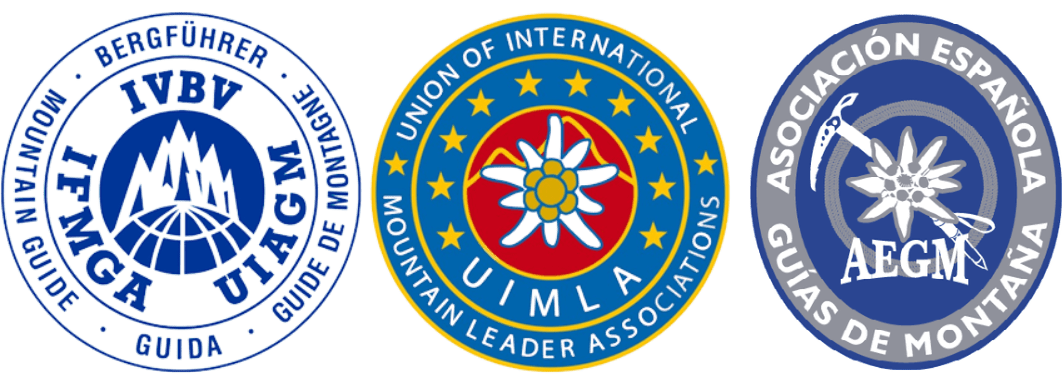Beginner Ski Touring in Sierra Nevada
The goal is to learn the fundamental techniques of progression on flat terrain, ascents, and descents with ski touring equipment. The participant is also expected to be able to complete moderately difficult routes, learn how to safely trace an itinerary, and understand safety guidelines when moving in a group. In addition, the activity aims to provide basic knowledge in the use of avalanche transceiver, shovel, and probe.
technical difficulty
physical difficulty
The aim of the activity is to learn and practice the fundamental techniques of progression on flat terrain, ascents, and descents with ski touring equipment. Participants will work on the technique of moving on flat ground without skins, as well as the main ascent techniques, including different types of kick turns depending on the slope’s inclination and the execution of zigzag traverses. They will also practice descent techniques adapted to different types of snow.
In addition, participants will acquire the basic knowledge needed to interpret snow conditions and to correctly use the avalanche transceiver, shovel, and probe, while incorporating avalanche rescue protocols. The activity also covers essential knowledge of ski touring equipment and teaches how to plan a safe itinerary, applying the necessary guidelines for group progression.
It is mandatory for the client to bring this complete equipment list at the start of the contracted program.
- Gore-Tex or similar jacket and pants.
- Insulated jacket or fleece, thermal leggings and thermal shirts.
- Hat or beanie and gloves (an extra pair is recommended).
- Spare socks.
- Touring skis, boots, and bindings (rental available).
- Skins and ski crampons.
- Backpack of 25–30 liters.
- 1 L water bottle.
- Sunglasses and sunscreen.
- Poles.
- Helmet, crampons, and ice axe.
- Avalanche transceiver, shovel, and probe (rental available).
- Mountain guide (Certified mountain sports technician).
- Civil liability insurance.



